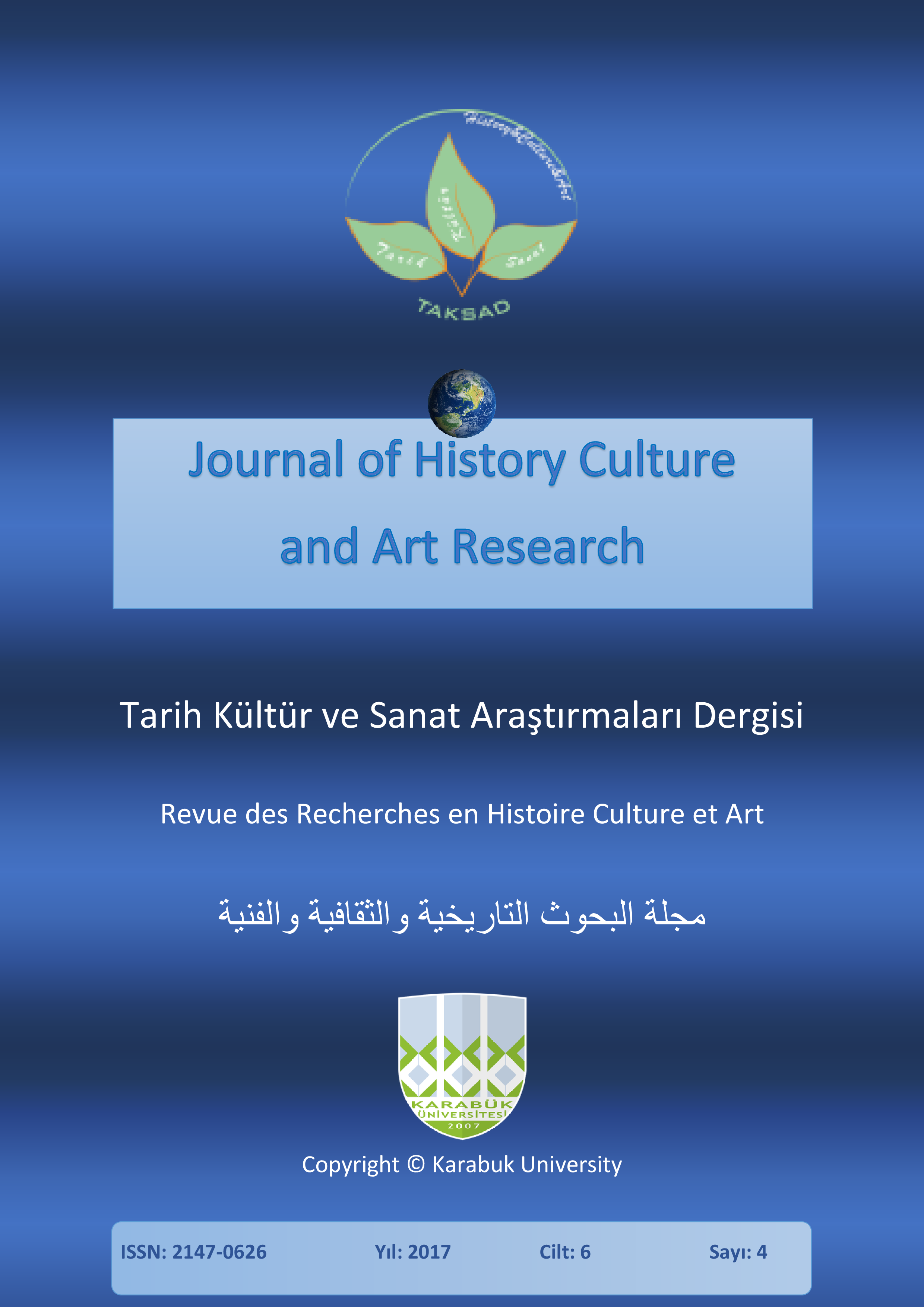Efficiency of Motivation Development Models for Hygienic Skills
DOI:
https://doi.org/10.7596/taksad.v6i4.1178Keywords:
Hygienic skills, Dental status, Training model.Abstract
The combined influence of a family and a state plays an important role in the development of an individual. This study is aimed at the model effectiveness evaluation concerning the development of oral hygiene skills among children living in families (n = 218) and being under the care of a state (n = 229). The groups were created among the children who took part in the study: the preschoolers of 5-7 years, schoolchildren of 8-11 years and adolescents of 12-15 years. During the initial examination, the hygienic status of the oral cavity before and after tooth brushing was evaluated. After that, subgroups were formed in each age group according to three models of hygienic skills training: 1) computer presentation lesson; 2) one of the students acted as a demonstrator of the skill; 3) an individual training by a hygienist. During the next 48 hours children did not take hygienic measures. Then the children were invited for a control session to demonstrate the acquired skills of oral care and evaluate the effectiveness of a model developing the skills of individual oral hygiene. During the control examination, the hygienic status was determined before and after the tooth cleaning, which allowed to determine the regimes of hygienic measure performance for children with different social status and the effectiveness of hygiene training models.
References
Cheng, N. F.; Han, P. Z. & Gansky, S. A. (2008). Methods and software for estimating health disparities: the case of children’s oral health. American Journal of Epidemiology, 168(8), 906-914. DOI:10.1093/aje/kwn207.
Daurova, F. Yu.; Makeeva, M. K.; Kodzaeva, Z. S.; Taraki, F. & Tomaeva, D. I. (2016). Hygiene level increase among adult patients through hygienic briefing. International Scientific and Research Journal, 5(47), 141-145.
Freire, M. C. M.; Reis, S. C. G. B.; Figueiredo, N.; Peres, K. G.; Moreira, R. S. & Antunes, J. L. F. (2013). Determinantes individuais e contextuais da carie em crianças brasileiras de 12 anos em 2010. Rev Saude Publica, 3(47), 40-49.
Irani, F. C.; Wassall, R. R. & Preshaw, P. M. (2015). Impact of periodontal status on oral health-related quality of life in patients with and without type 2 diabetes. Journal of Dentistry, 43(5), 506–511.
Istratova, O. N. & Vapelnik, L. A. (2014). The features of personal helplessness manifestation among social adolescent orphans. Actual problems of the humanities and natural sciences, 9, 372-377.
Kopytov, A. A. & Moscovskaya, N. B. (2011). The impact of fast food products on the biocenosis of the dentogingival pocket, damaged by periodontal therapy. Scientific bulletins of the Belgorod State University. Series: Medicine. Pharmacy, 10(14), 231-235.
Moynihan, P. J. & Kelly, S. (2014). Effect on caries of restricting sugars intake: systematic review to inform WHO guidelines. J. Dent Res., 93(1), 8-18. DOI: 10.1177/0022034513508954.
Nekhoroshev, A. S.; Danilova, N. B. & Morozova, E. I. (2010). Methodological aspects of training program use in oral hygiene by practicing dentists. Preventive and clinical medicine, 2(35), 48-51.
Soto, R. G. C. (2015). Influence of scheduling in clinical dental care on indicators of oral health. Rev. Gaúch. Odontol., 3(63), 283-290.
Wagstaff, A.; Paci P. & Van Doorslaer, E. (1991). On the measurement of inequalities in health. Social Science & Medicine, 33(5), 545-557. DOI: 10.1016/0277-9536(91)90212-U.
World Health Organization (2003). The World Oral Health Report 2003: continuous improvement of oral health in the 21st century: the approach of the WHO Global Oral Health Programme. Geneva: World Health Organization.
Zeynalova, G. K.; Alieva, R. K. & Garaev, Z. I. (2015). Organization of health education for the prevention of major dental diseases among primary school children in Azerbaijan. Medicus, 4(4), 99-101.
Downloads
Published
How to Cite
Issue
Section
License
All papers licensed under Creative Commons 4.0 CC-BY.- Share — copy and redistribute the material in any medium or format
- Adapt — remix, transform, and build upon the material for any purpose, even commercially.
Under the following terms:
Attribution — You must give appropriate credit, provide a link to the license, and indicate if changes were made. You may do so in any reasonable manner, but not in any way that suggests the licensor endorses you or your use.
- No additional restrictions — You may not apply legal terms or technological measures that legally restrict others from doing anything the license permits.







